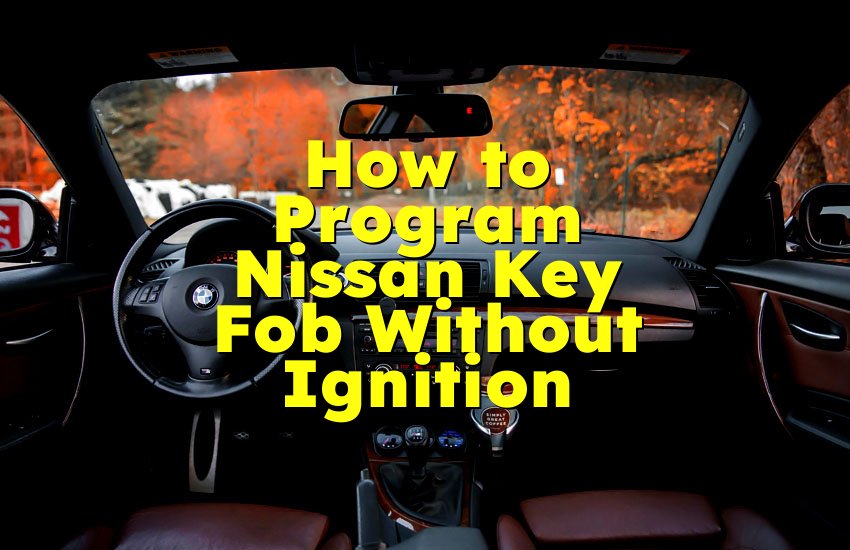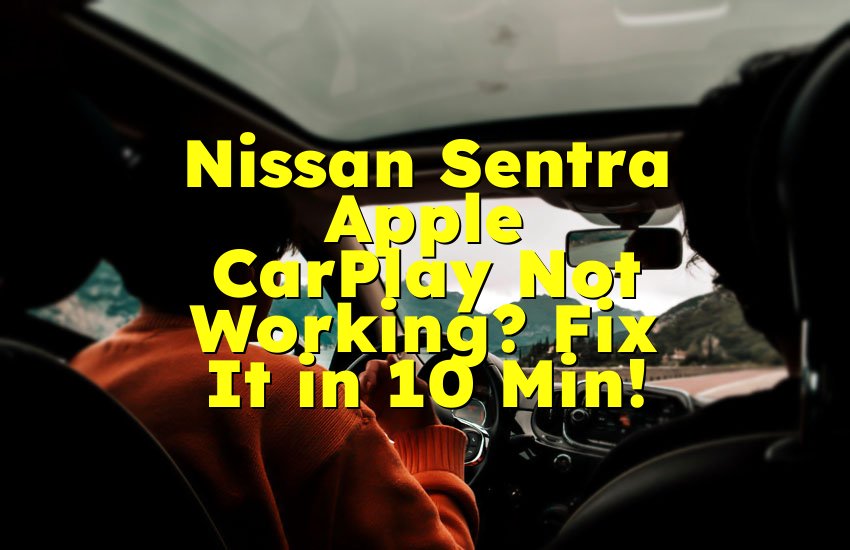As an Amazon Associate, I earn from qualifying purchases at no extra cost to you.
How to Change Cabin Air Filter Toyota Corolla (Expert Tips)
Ever noticed your car's air smells musty or the airflow feels weak? That's probably your cabin air filter crying for attention. I remember one hot summer day, my Corolla's AC barely blew a breeze, and I realized the filter was packed with dust. Changing it is super easy and takes less than 10 minutes. Stick with me, and you'll breathe fresh air in your car again without paying a mechanic.
Key Takeaways: To change the cabin air filter on your Toyota Corolla, first locate the compartment behind the glove box, then gently open the glove box by unfastening the stops or screws, carefully remove the old filter and clean the area, insert the new filter matching the airflow arrow, make sure it fits snugly, and finally close the glove box securely while checking airflow to ensure everything works perfectly.
Locating the Cabin Air Filter Compartment
Finding the cabin air filter in your Toyota Corolla is easier than it sounds. It's usually tucked right behind the glove box, hidden away but very accessible. First, open your glove box fully and check if you see any stops or tabs on the sides. Some models have a simple push-in tab while others might have a tiny screw or clip holding it in place. Don't worry if it seems tricky at first—just take a deep breath and inspect closely.
Once you identify the stops or screws, gently push or remove them so the glove box can swing down further. This exposes the rectangular plastic cover behind it, which is the actual cabin filter compartment. You might need a flashlight to see clearly, especially if the area is dusty. Knowing the exact location saves you from frustration and helps prevent any damage to your glove box hinges.
Understanding the layout also helps you avoid forcing anything. Many people mistakenly pull hard on the glove box, which can break the stops or even scratch the dashboard. Take your time, feel for the clips, and carefully release them. The compartment cover usually has little tabs on the sides that you just push to unlock. Once it's open, you're ready to remove the old filter without any stress.
- Cabin air filter is behind the glove box.
- Look for stops, tabs, or screws holding the glove box.
- Use a flashlight if needed to see clearly.
- Avoid forcing the glove box; release clips gently.
Removing the Old Cabin Air Filter
After accessing the compartment, it's time to remove the old filter. Start by gently sliding it out straight—no twisting or bending, as dust and debris can spill everywhere. You might notice it's darker than a new filter and may even have leaves or small dirt particles trapped. Take a moment to observe its orientation because you'll need to insert the new one the same way.
Once removed, inspect the compartment itself. Sometimes leaves, small debris, or dust can accumulate inside. Take a soft cloth or a handheld vacuum and clean it gently. This prevents dirt from getting trapped under the new filter, which can block airflow and reduce efficiency. Doing this step ensures your new filter starts working at 100% from day one.
Also, check the condition of the surrounding area, like the tabs and slots where the filter sits. Make sure they're not broken or bent. A damaged compartment can make the new filter loose, causing air bypass and less effective filtration. A clean, intact area guarantees a smooth installation and long-lasting results.
- Slide out the old filter carefully.
- Observe orientation for correct new filter placement.
- Clean the compartment of dust and debris.
- Check tabs and slots for damage.
Choosing the Right Replacement Filter
Not all cabin air filters are created equal. For your Toyota Corolla, you'll want a filter that fits perfectly and provides good filtration. You can go for an OEM (original) filter or a high-quality aftermarket option. OEM filters are guaranteed to fit well, while some aftermarket filters may offer better HEPA-level filtration to trap smaller particles like pollen or smoke.
When buying, always check your Corolla's model year. Filters can vary slightly between 2014, 2018, or 2022 models. Look at the size and shape, usually written on the packaging, and make sure the airflow arrow matches your compartment. Installing a filter backward can block airflow or damage your HVAC system.
Finally, don't ignore quality. Cheaper filters may save a few bucks upfront but clog faster or fail to trap fine particles, which defeats the purpose. Invest in a filter that balances cost, quality, and performance. Your lungs—and your car—will thank you.
- Choose a filter that matches your Corolla's year.
- OEM filters guarantee fit; aftermarket may improve filtration.
- Always check airflow arrow orientation.
- Avoid cheap filters that clog quickly.
Installing the New Cabin Air Filter
Installing the new filter is almost as easy as removing the old one. Start by checking the airflow arrow printed on the filter. It should point down toward the floor for most Toyota Corollas. Slide it into the compartment smoothly, making sure it sits snugly without forcing it. A snug fit prevents air from bypassing the filter, which keeps the air clean inside your car.
If your filter has pleats, ensure they're not bent or folded. Pleats maximize surface area, so any deformation reduces efficiency. Push the filter gently into the compartment until it's fully seated. Then, close the compartment cover by clicking or snapping it back into place, ensuring all tabs are secure.
Afterward, slowly lift the glove box back to its normal position. Make sure the stops or screws are reinstalled correctly. Test the airflow by turning on your AC or heater—air should flow strongly and smell fresh. A quick check here saves you from discovering the filter is misaligned later.
- Match the airflow arrow to the correct direction.
- Ensure pleats are straight and filter fits snugly.
- Close the compartment cover securely.
- Reassemble glove box and check airflow.
Checking Airflow and Performance
Once the new filter is installed, it's smart to check the airflow and AC performance. Turn on your air conditioning or heater and set it to high. You should notice a stronger, cleaner airflow compared to before. If it still feels weak, double-check the filter orientation or the compartment for any obstructions.
Pay attention to any unusual noises, which may indicate a filter isn't seated properly. A misaligned filter can rattle or block air passages. Take a minute to adjust it if needed—this small step prevents bigger HVAC issues down the road.
Also, monitor air quality over the next few days. Fresh air should feel cleaner, and odors should be reduced. This is your proof that the new filter is doing its job, and it shows how a simple DIY task can improve comfort dramatically.
- Test AC or heater airflow at high setting.
- Check for unusual noises indicating misalignment.
- Ensure filter is seated correctly.
- Enjoy cleaner, fresher air in your car.
Maintaining Your Cabin Air Filter
Keeping your cabin air filter in top shape means knowing when to check and replace it. For most Toyota Corollas, every 15,000–25,000 miles is a good interval, but driving in dusty or pollen-heavy areas may require more frequent changes. A quick visual check every few months can prevent surprises.
Also, consider keeping a spare filter in your car or garage. It saves a trip to the store and ensures you always have a clean filter ready. Pair filter changes with other cabin maintenance like vacuuming and wiping vents. This not only keeps air clean but also prevents the HVAC system from working harder than necessary.
A little attention goes a long way. Regular maintenance improves airflow, keeps odors away, and ensures your AC and heater last longer. Plus, breathing fresh air every time you drive is a huge comfort upgrade that's completely worth the few minutes it takes to swap a filter.
- Replace every 15,000–25,000 miles or sooner in dusty areas.
- Keep a spare filter handy.
- Pair with cabin cleaning for best results.
- Regular maintenance improves airflow and comfort.
Final Thoughts
Changing the cabin air filter in your Toyota Corolla is one of the easiest and most rewarding DIY tasks. It only takes minutes but makes a huge difference in air quality, AC efficiency, and comfort. With the right filter and careful installation, your car will feel fresher and healthier every day. Don't ignore this small but impactful maintenance step—your lungs and your ride will thank you.
| Task | Tips | Common Mistakes to Avoid |
|---|---|---|
| Locate filter compartment | Look behind glove box, use flashlight | Forcing glove box or ignoring clips |
| Remove old filter | Slide gently, note orientation | Twisting or bending the filter |
| Clean compartment | Use cloth or handheld vacuum | Leaving debris behind |
| Choose replacement | Match model year, check airflow arrow | Buying wrong size or cheap filter |
| Install new filter | Align arrow, ensure snug fit | Pleats bent or filter backwards |
| Reassemble glove box | Snap tabs or screw stops | Loose glove box or misaligned stops |
| Test airflow | Turn AC/heater high | Ignoring weak airflow or noises |
| Regular maintenance | Replace 15k–25k miles, inspect often | Forgetting filter until airflow is poor |
Frequently Asked Questions (FAQs)
Is it necessary to replace the cabin air filter every year?
Yes, it's important because a dirty filter reduces airflow and traps dust and allergens. Even if your car seems fine, particles can build up and affect air quality. Replacing it annually or according to mileage ensures your AC works efficiently and keeps the cabin air clean, which is especially helpful for people with allergies.
Can I clean and reuse my old cabin air filter?
While some filters can be lightly vacuumed, most are designed to be replaced, not washed. Cleaning may damage the filter material or reduce its effectiveness. Installing a fresh filter guarantees proper airflow and filtration, keeping your car interior cleaner and protecting your HVAC system from strain.
Do I need any special tools to change the filter?
No special tools are required for most Corolla models. Sometimes a screwdriver is needed to remove small screws, but generally, the glove box can be opened by releasing tabs. A flashlight helps to see the compartment clearly, but otherwise, your hands are all you need.
Is it difficult to reach the cabin air filter?
Not at all. The filter is located behind the glove box, which is designed to be easily accessible. With a little patience and careful handling, anyone can reach it without damaging the glove box or dashboard.
Can a clogged cabin air filter affect fuel efficiency?
Indirectly, yes. A blocked filter makes the HVAC system work harder, which can slightly increase energy consumption. While it doesn't drastically affect fuel, keeping the filter clean helps the car run efficiently and prevents unnecessary strain on components.
Do I need to turn off the AC before changing the filter?
It's a good idea to turn off the AC or heater before starting. This prevents debris from being sucked into the system and ensures safety while handling the filter and glove box. Once installed, you can test the system to make sure airflow is normal.
Is an OEM filter better than aftermarket options?
OEM filters fit perfectly and meet manufacturer standards. However, quality aftermarket filters can provide better filtration, like HEPA-level protection. Choose based on your priorities: fit and reliability versus enhanced particle filtration. Either option works if properly installed.
Can I change the filter in under 10 minutes?
Absolutely. With practice and knowing where everything is, swapping the cabin air filter in a Toyota Corolla can take 5–10 minutes. Removing the old filter, inserting the new one, and testing airflow is quick and straightforward, making it one of the easiest car maintenance tasks.











